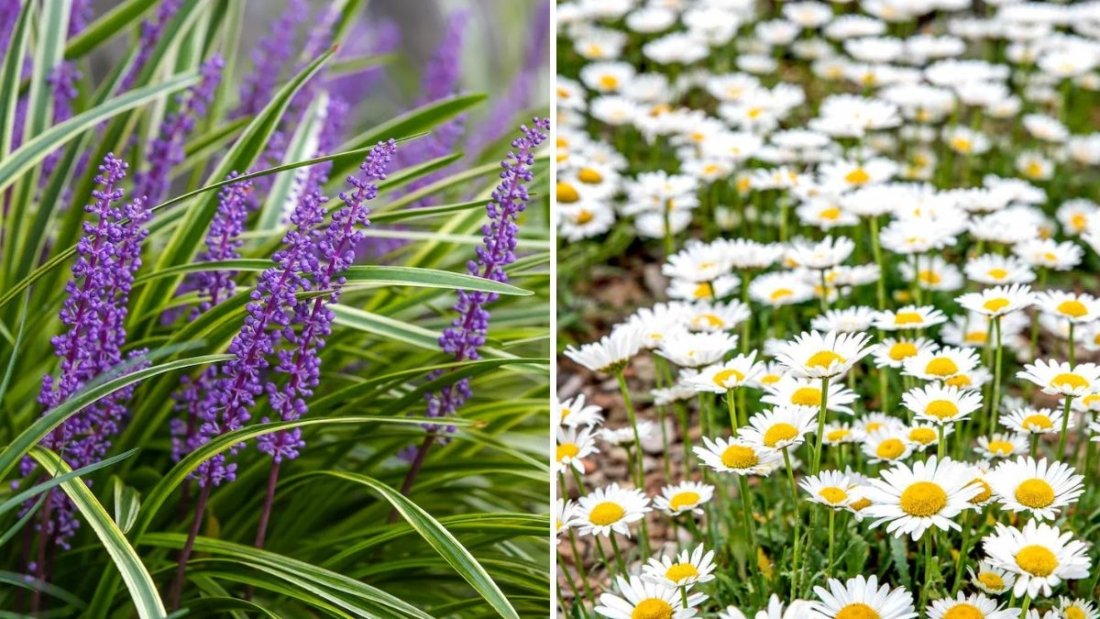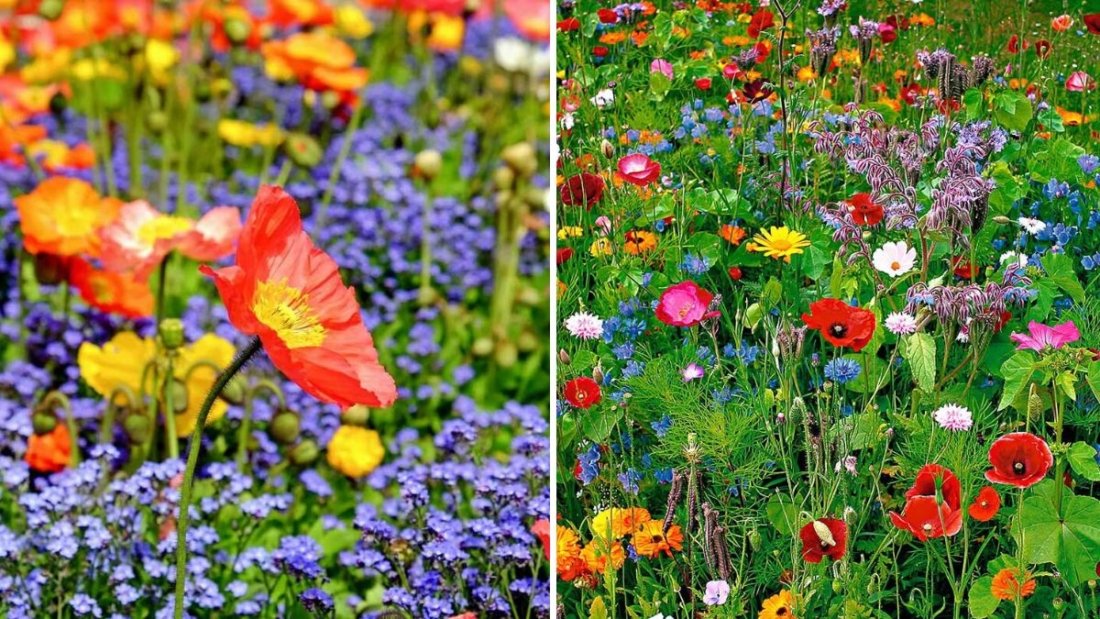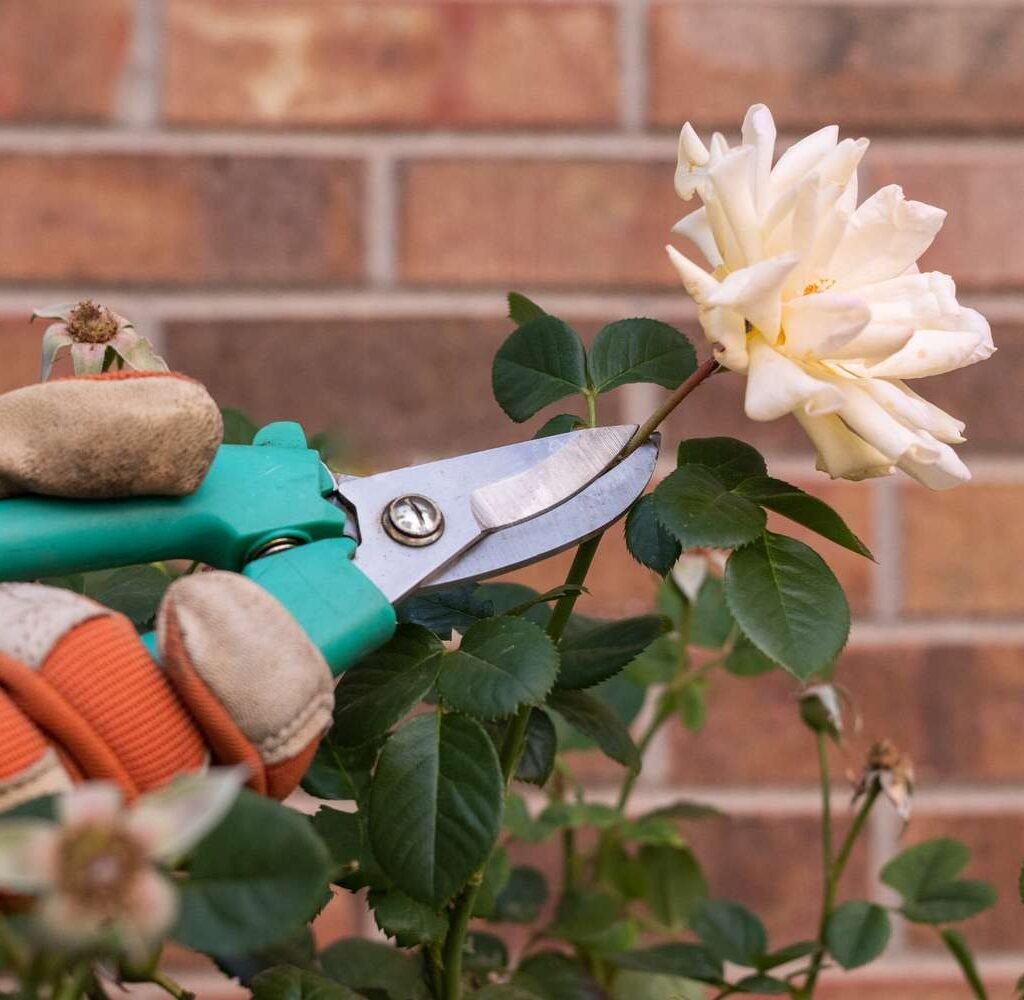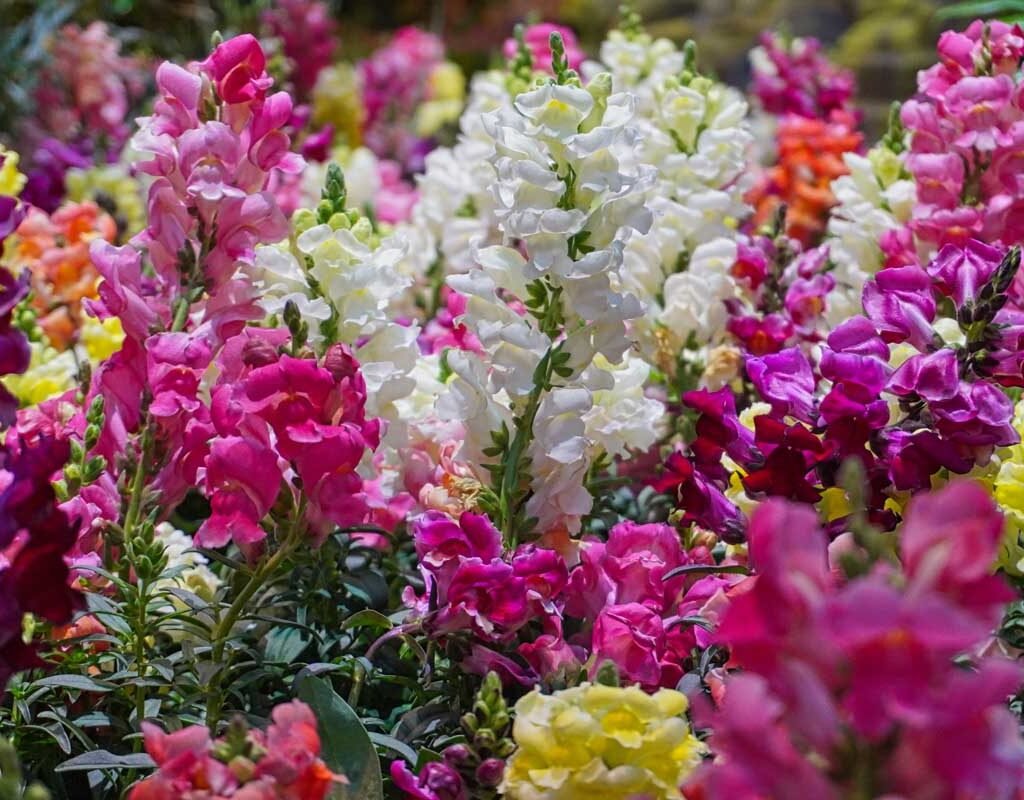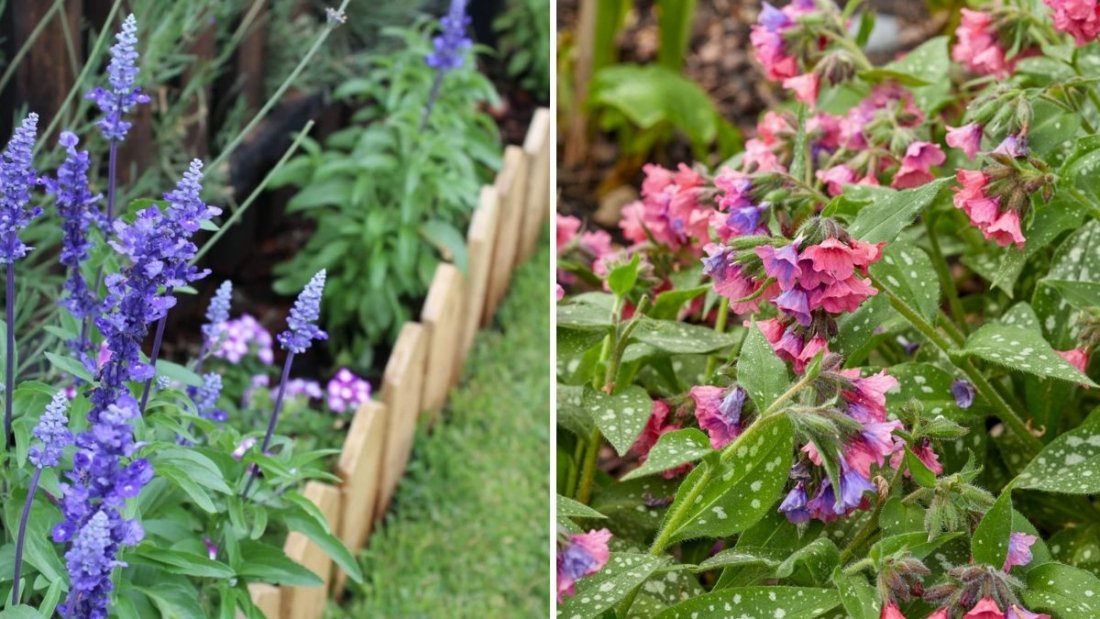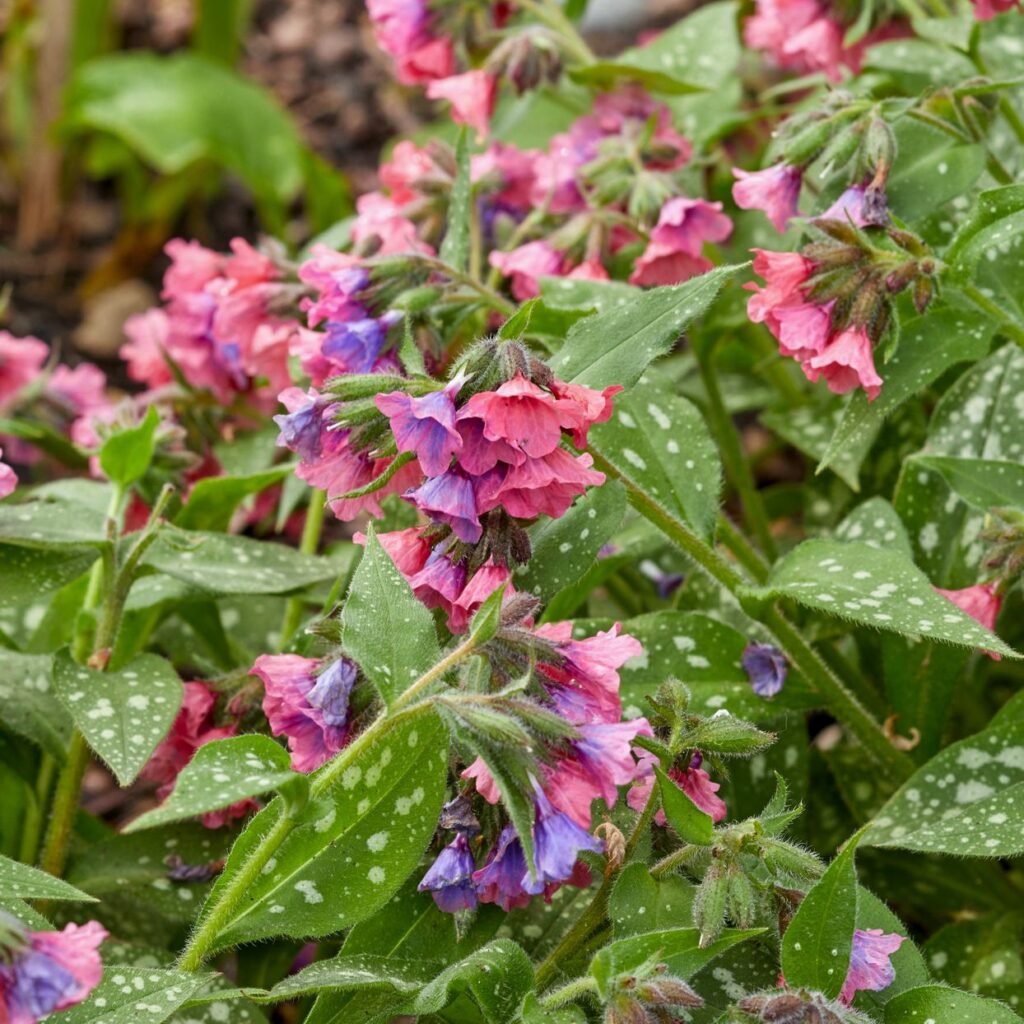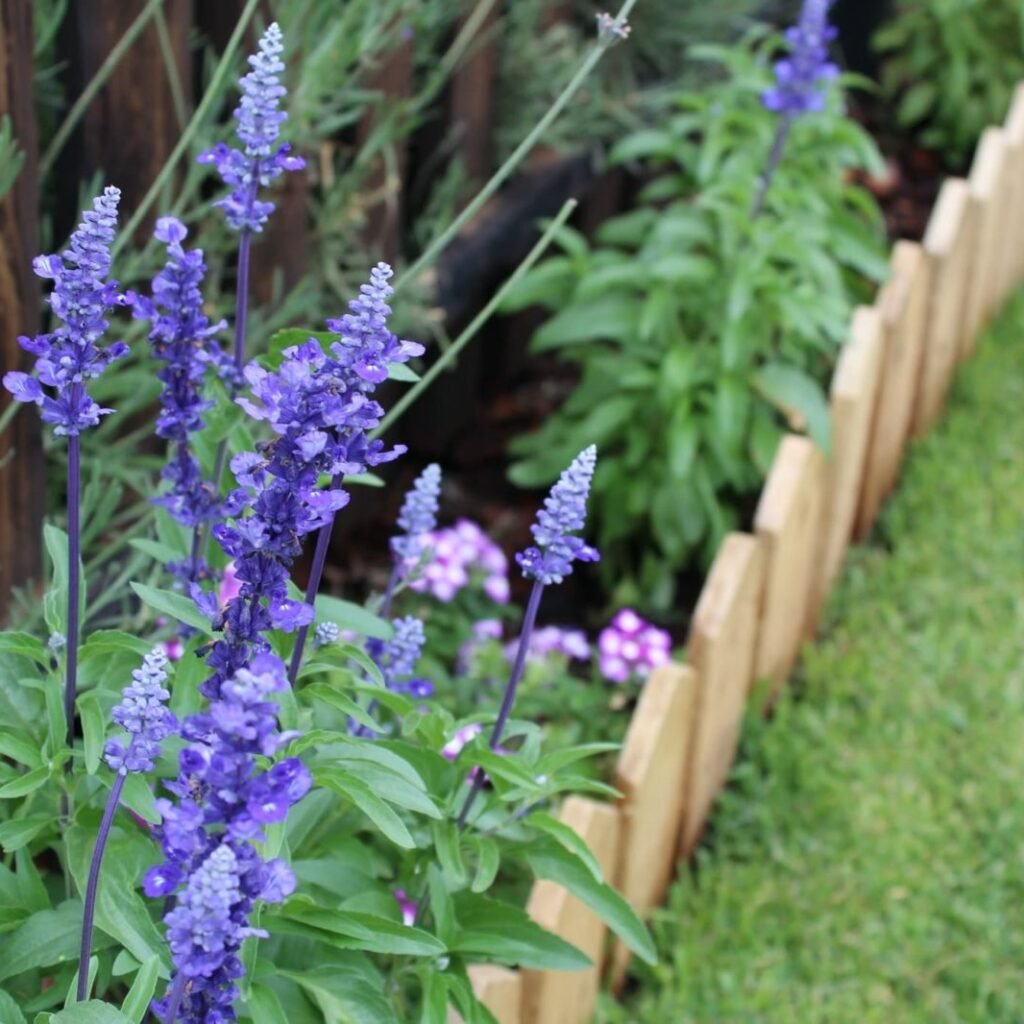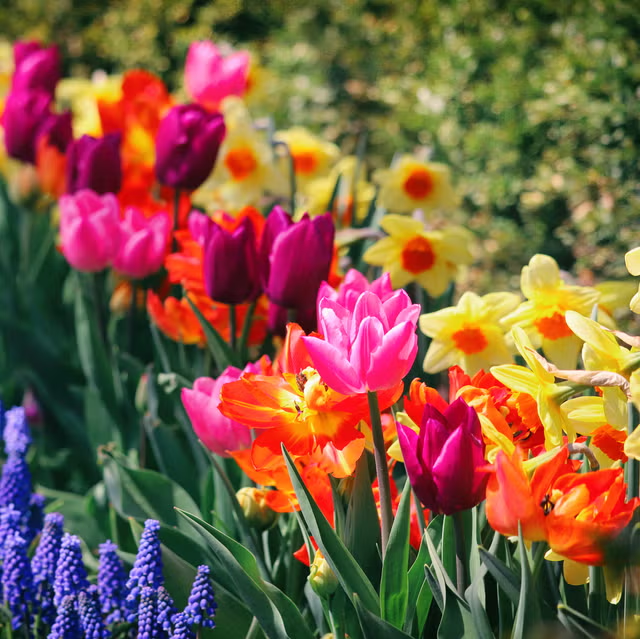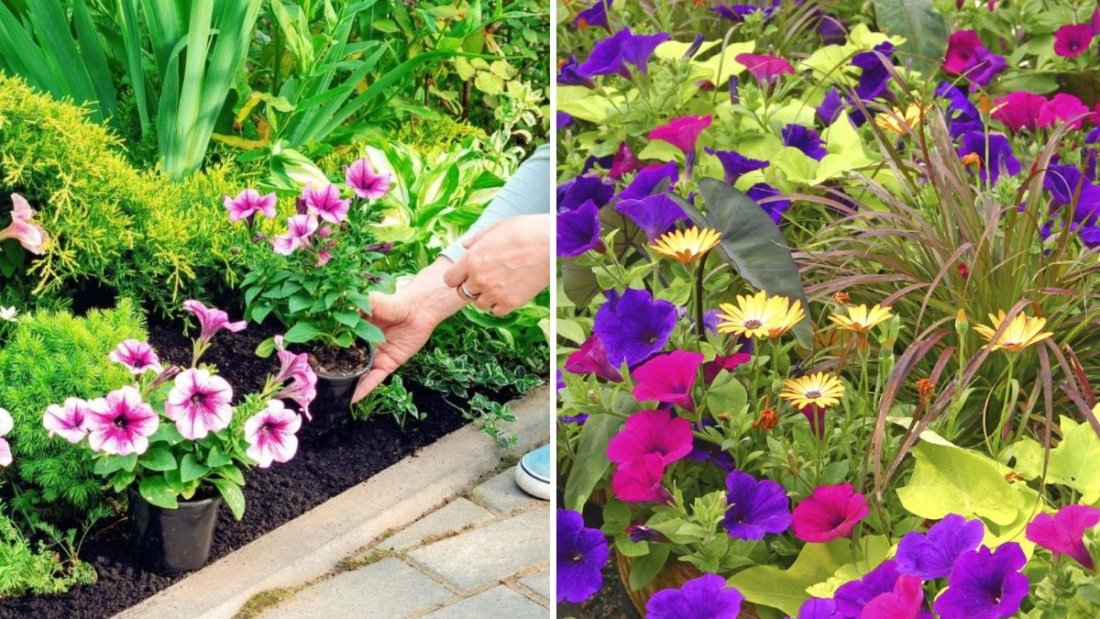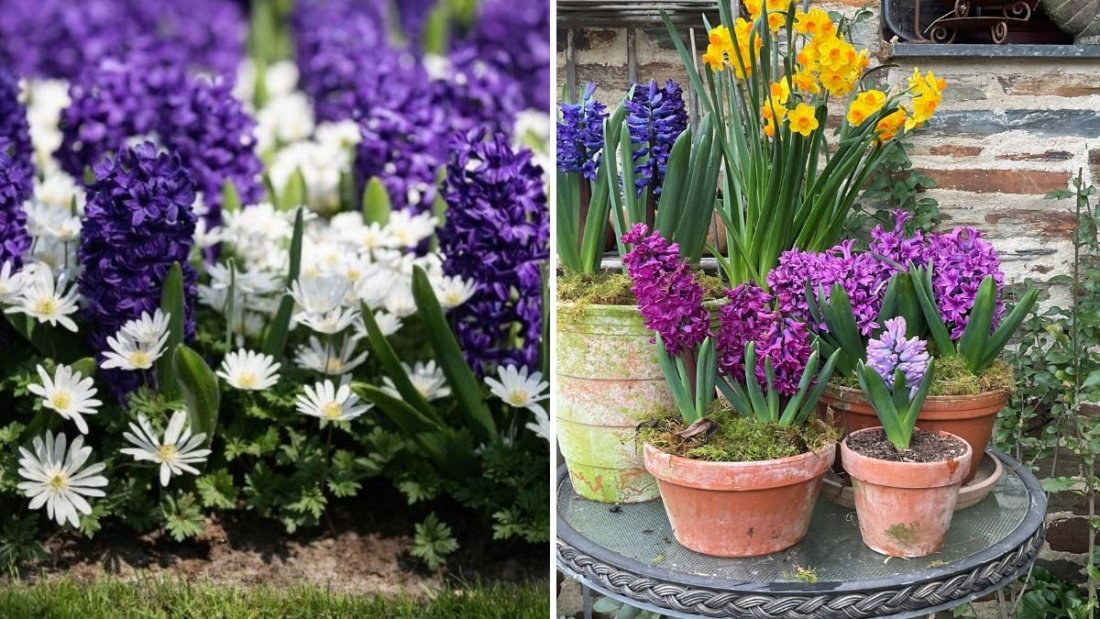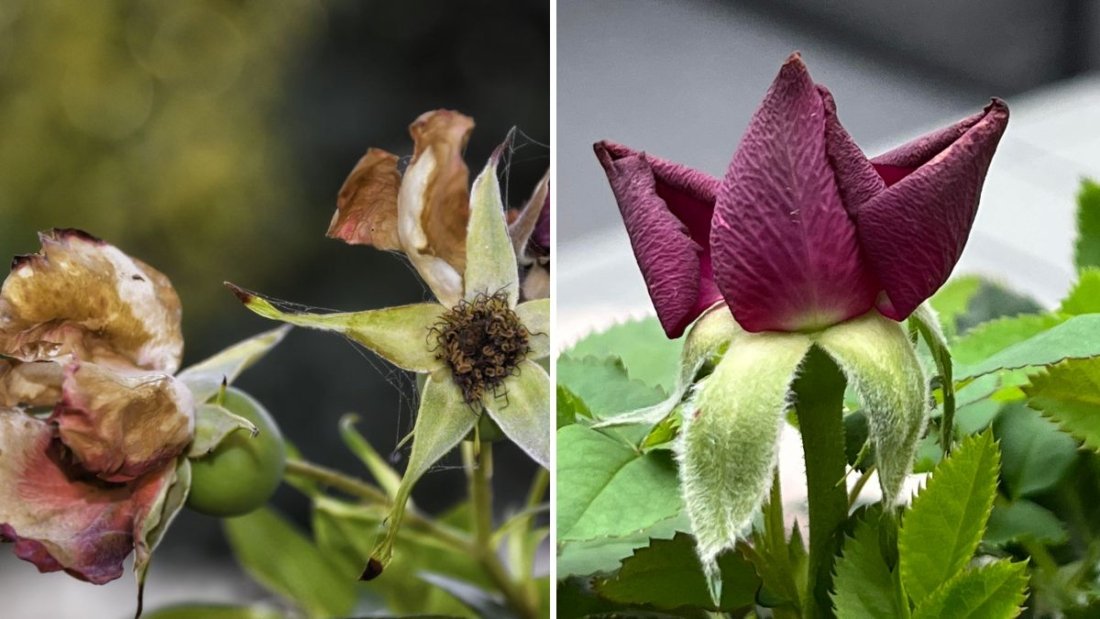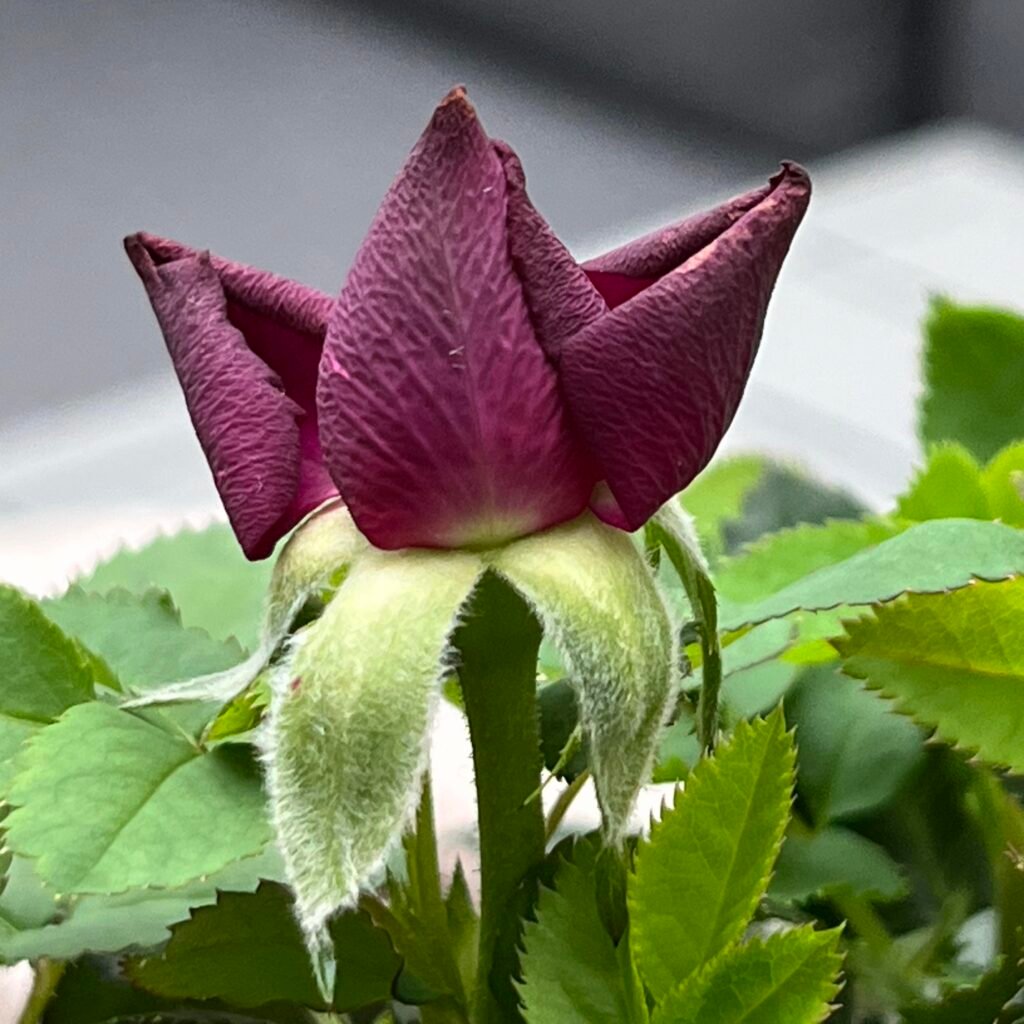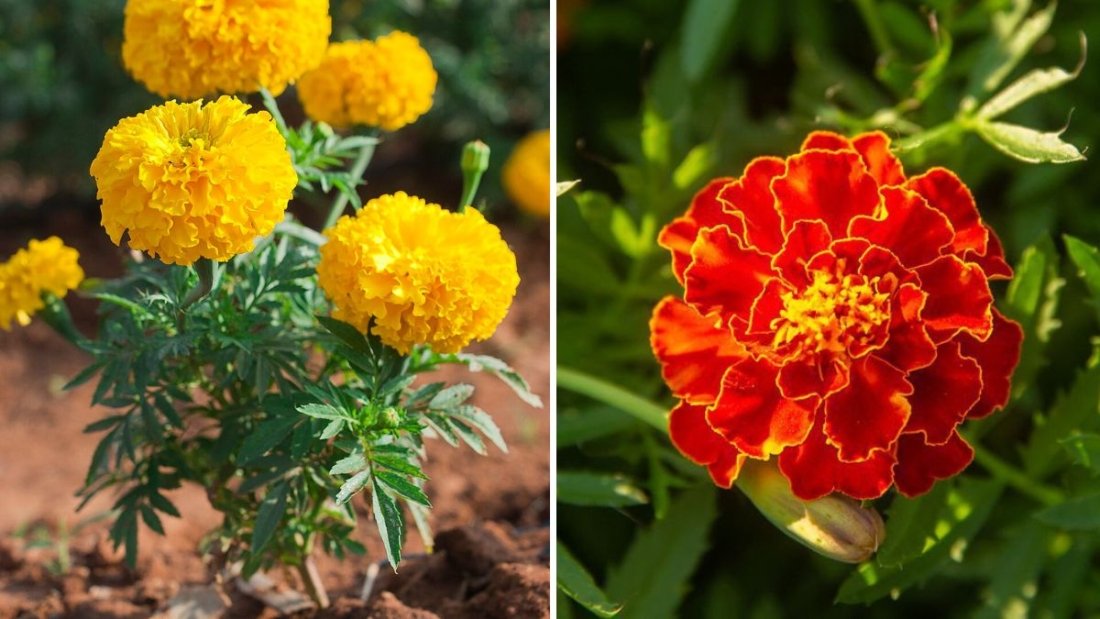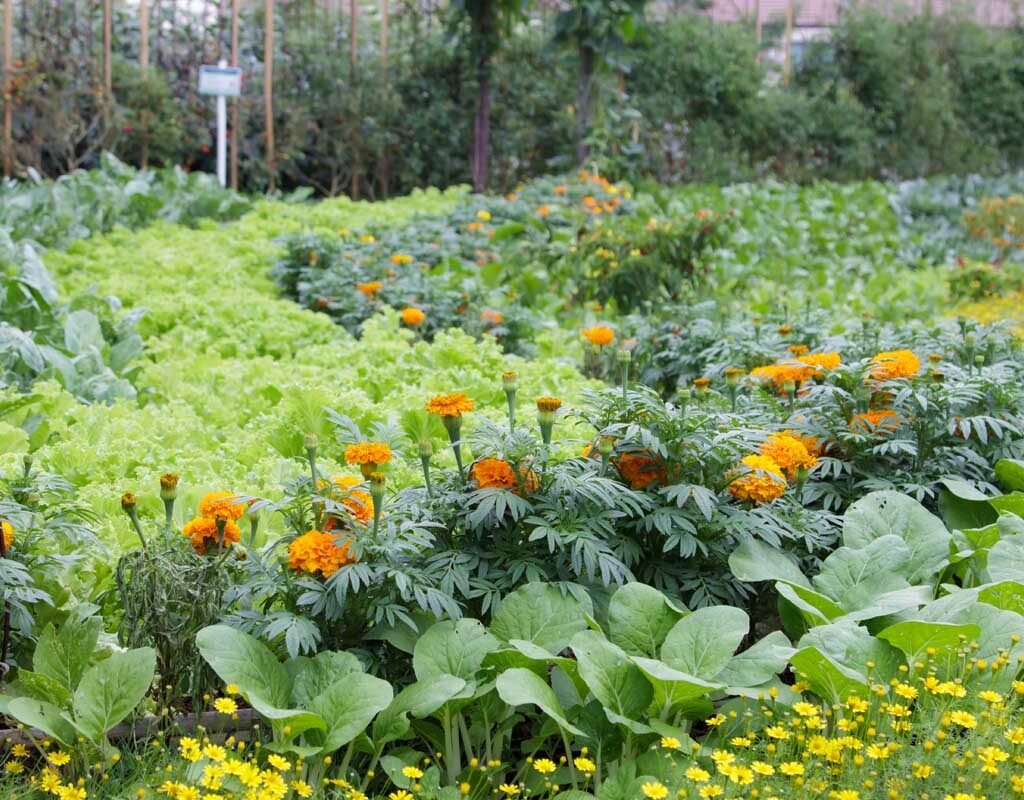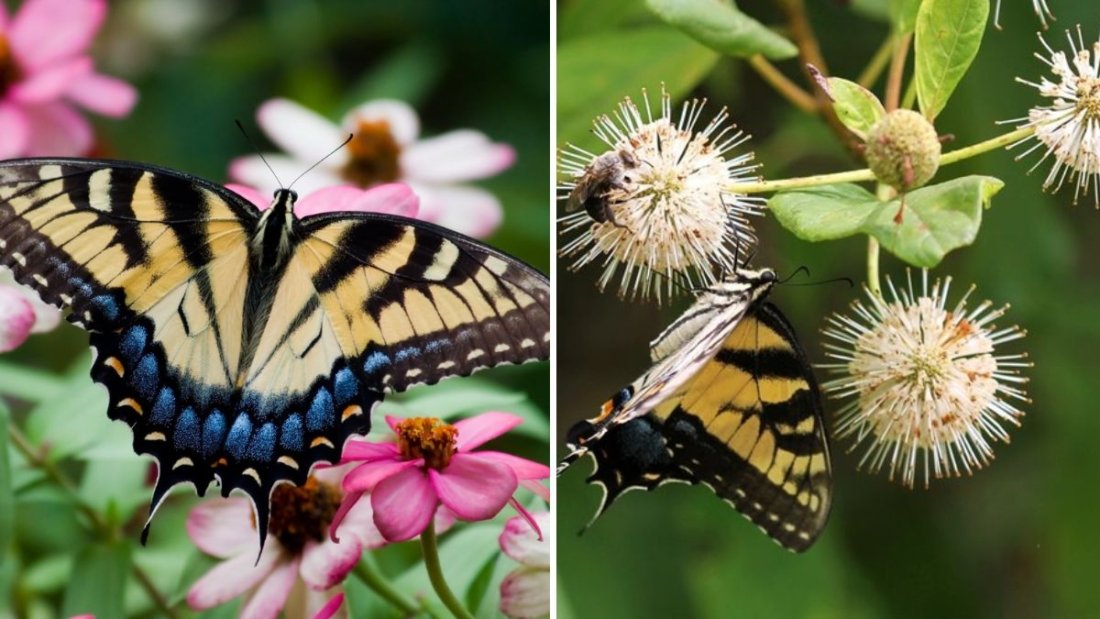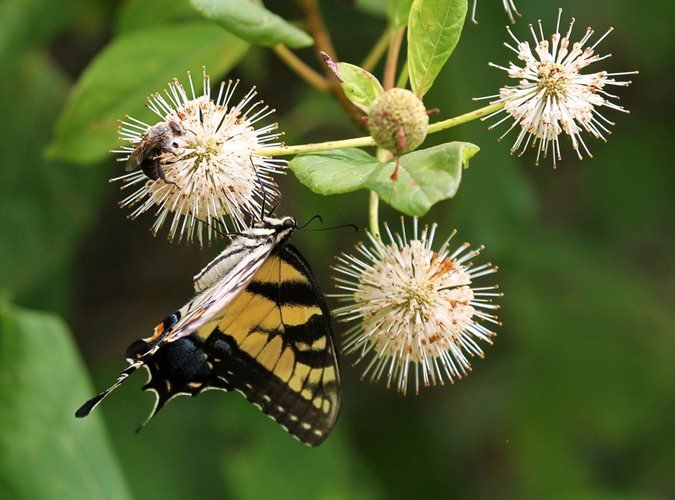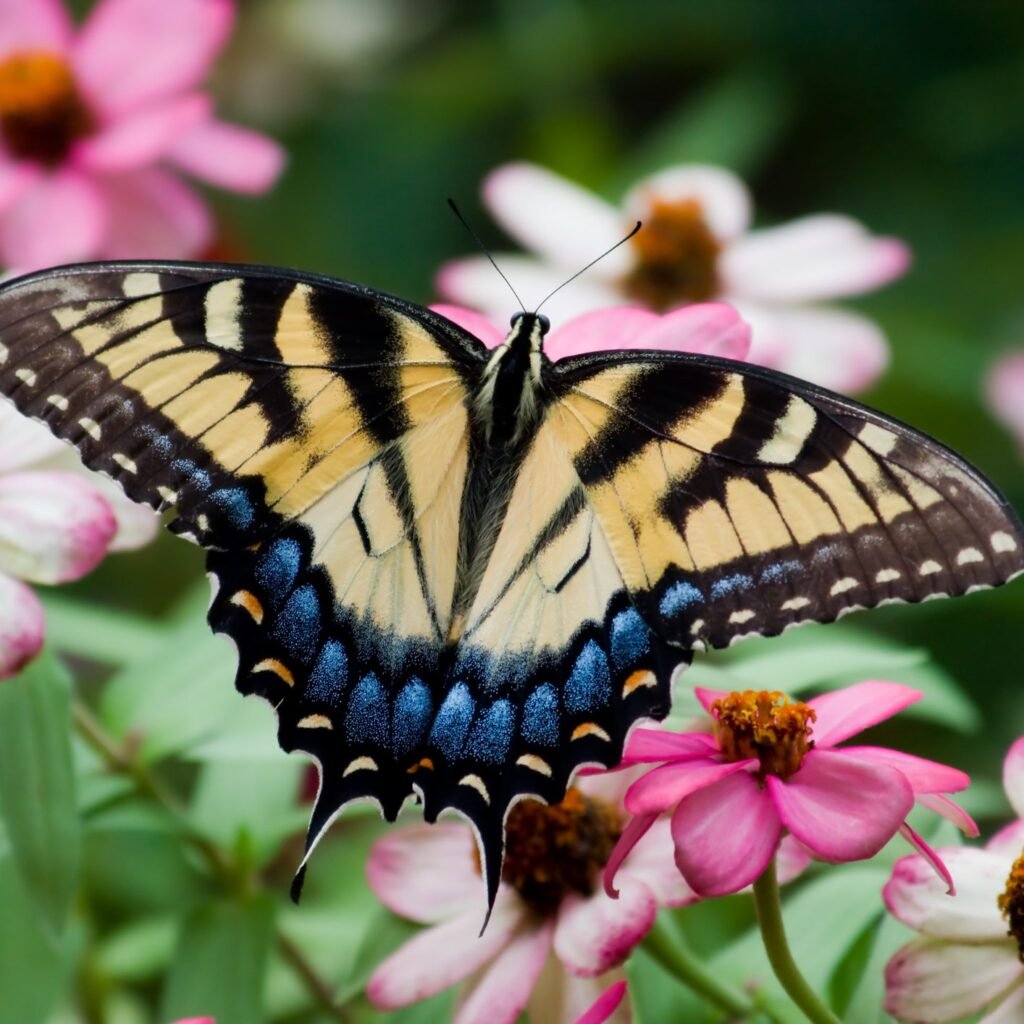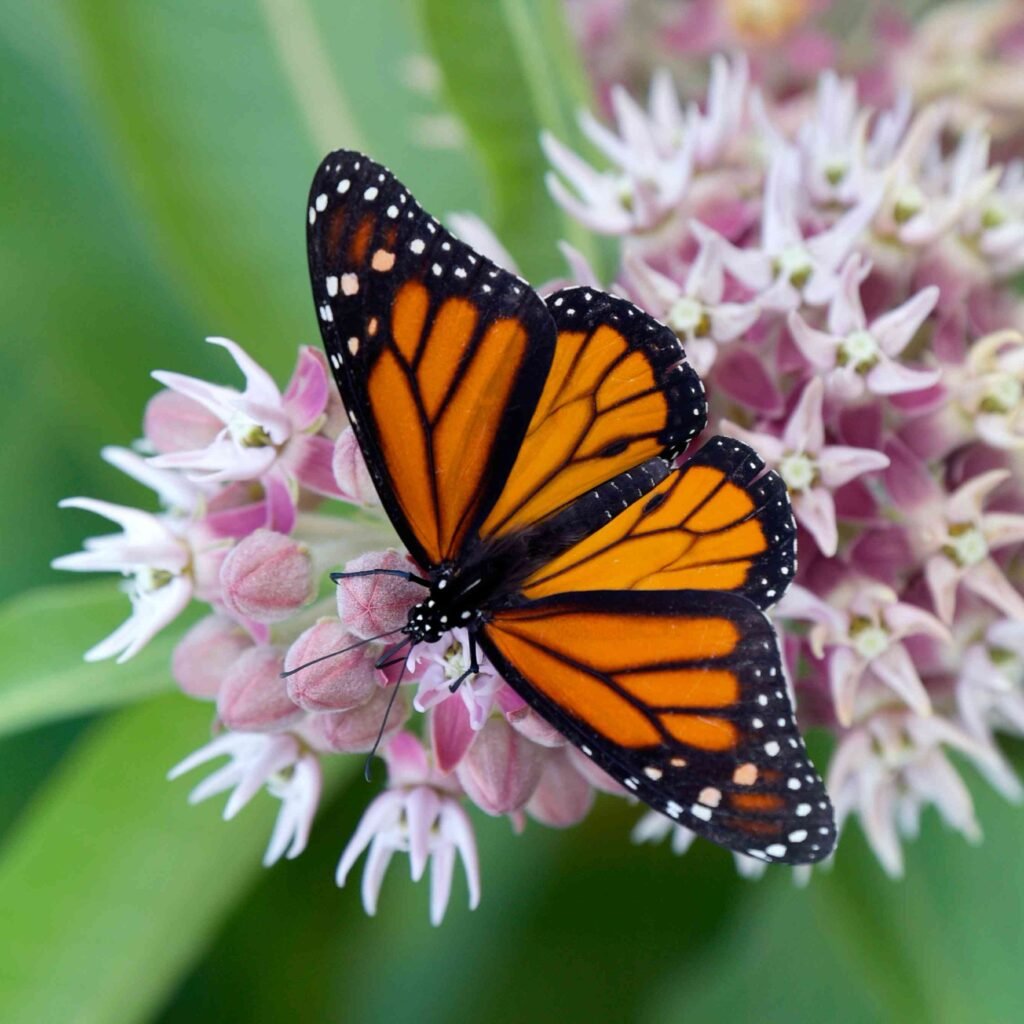Gardening can be both relaxing and rewarding, but for many, maintaining a thriving garden can feel overwhelming. Between busy schedules, travel, or simply forgetting to water, plants often suffer from neglect. Thankfully, there are a variety of resilient flowers that can tolerate periods of low maintenance while still producing vibrant blooms. These hardy flowers are perfect for gardeners who want beauty without constant attention. This article highlights eight flowers that survive neglect easily, including their care requirements, growth habits, and unique features.
1. Marigolds (Tagetes spp.)

Marigolds are some of the most forgiving flowers for gardeners:
- Light Requirements: Full sun (6–8 hours per day).
- Water Needs: Moderate; drought-tolerant once established.
- Soil: Well-drained soil, tolerant of poor soil conditions.
- Blooming Season: Summer to fall.
Why Marigolds Survive Neglect
Marigolds are hardy annuals that thrive in tough conditions. Their robust root system and ability to withstand heat and occasional drought make them ideal for low-maintenance gardens. In addition, marigolds naturally repel certain pests, providing extra benefits with minimal care.
2. Zinnias (Zinnia elegans)

Zinnias are known for their bright, bold blooms and remarkable resilience:
- Light Requirements: Full sun.
- Water Needs: Low to moderate; drought-tolerant.
- Soil: Well-drained soil; tolerates poor soil.
- Blooming Season: Summer through fall.
Why Zinnias Survive Neglect
Zinnias grow quickly and are resistant to heat and humidity. Deadheading encourages more blooms, but even without frequent attention, they continue to flower. Their upright habit and adaptability make them perfect for busy gardeners or container planting.
3. Coneflowers (Echinacea spp.)

Coneflowers are perennial favorites with long-lasting flowers and minimal care needs:
- Light Requirements: Full sun to partial shade.
- Water Needs: Low; extremely drought-tolerant once established.
- Soil: Well-draining soil; tolerates rocky and poor soils.
- Blooming Season: Summer to early fall.
Why Coneflowers Survive Neglect
Coneflowers are hardy perennials with deep roots that store water, allowing them to withstand prolonged dry spells. Their robust stems resist bending, and they are largely pest- and disease-resistant, making them ideal for low-maintenance gardens or naturalized spaces.
4. Daylilies (Hemerocallis spp.)
Daylilies are versatile perennials known for stunning blooms and durability:
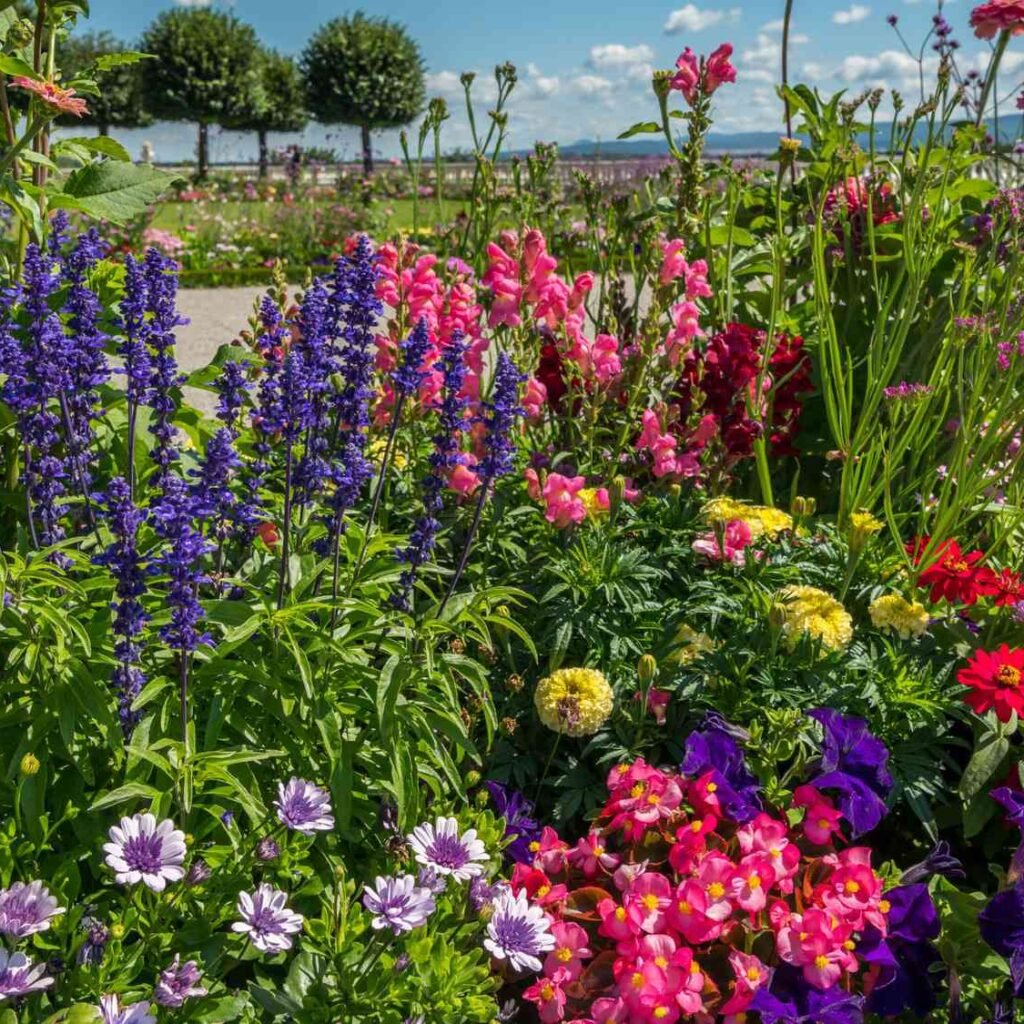
- Light Requirements: Full sun to partial shade.
- Water Needs: Low to moderate; drought-tolerant once established.
- Soil: Adaptable; tolerates a range of soil conditions.
- Blooming Season: Late spring to summer.
Why Daylilies Survive Neglect
Daylilies are nearly indestructible, thriving in a variety of climates and soils. They can withstand heat, drought, and occasional neglect, producing blooms reliably year after year. Their foliage remains attractive even when flowers fade, contributing to a lush, low-maintenance garden.
5. Black-Eyed Susans (Rudbeckia hirta)
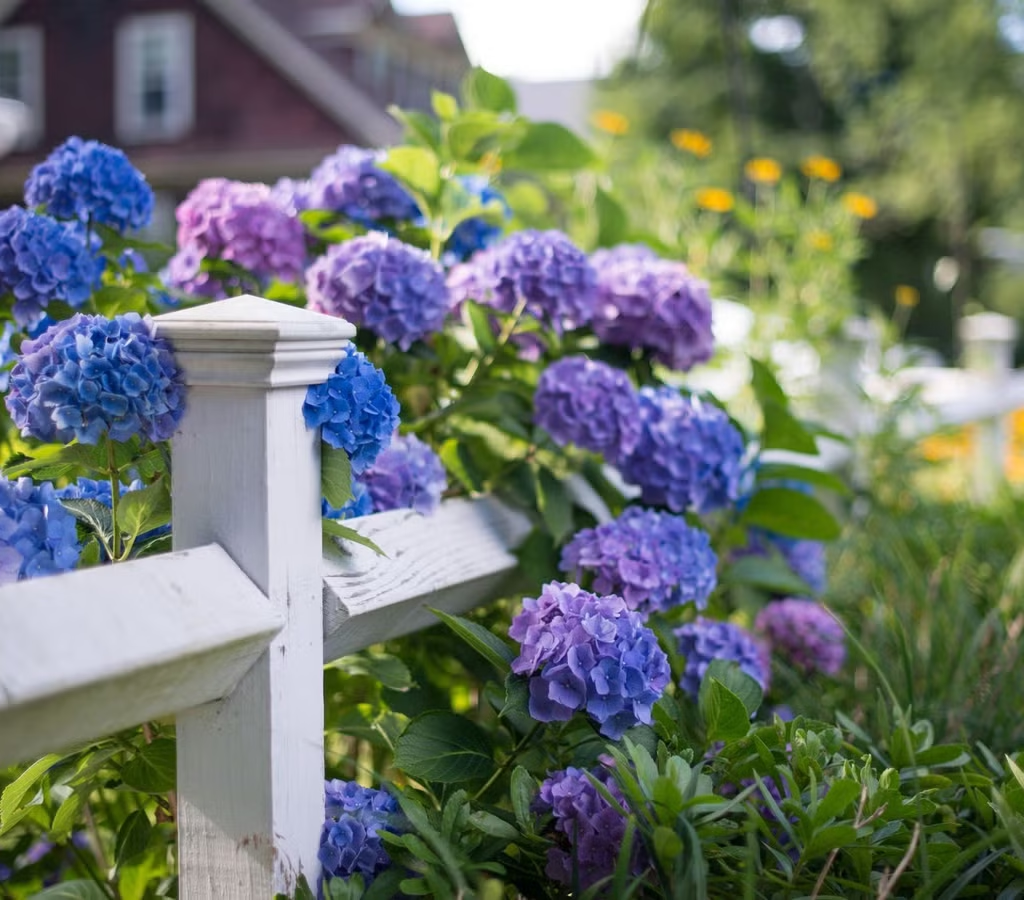
Black-eyed Susans are cheerful, bright yellow flowers with remarkable toughness:
- Light Requirements: Full sun.
- Water Needs: Low; drought-tolerant.
- Soil: Well-drained, tolerates poor soil.
- Blooming Season: Summer to early fall.
Why Black-Eyed Susans Survive Neglect
These hardy perennials thrive with minimal attention and are resistant to pests and disease. Their upright growth and tolerance to heat and dry soil make them ideal for wildflower gardens, borders, and naturalized areas. Black-eyed Susans also self-seed readily, ensuring continuous blooms.
6. Lavender (Lavandula spp.)
Lavender is both ornamental and aromatic, offering resilience along with fragrance:
- Light Requirements: Full sun.
- Water Needs: Low; highly drought-tolerant.
- Soil: Well-draining, sandy or rocky soil preferred.
- Blooming Season: Late spring to summer.
Why Lavender Survives Neglect
Lavender thrives in dry, poor soils where many other plants fail. Once established, it requires minimal water and attention. Its aromatic foliage deters pests, while its beautiful spikes of purple flowers add color and fragrance with very little care.
7. Sedum (Stonecrop)
Sedum, a succulent plant, is known for hardiness and low water requirements:
- Light Requirements: Full sun to partial shade.
- Water Needs: Very low; drought-tolerant.
- Soil: Poor, well-drained soil; thrives in rock gardens.
- Blooming Season: Late summer to fall.
Why Sedum Survives Neglect
Sedum’s thick, water-storing leaves allow it to survive extended dry periods. It tolerates poor soil and fluctuating temperatures, making it ideal for neglect-prone areas, container gardens, or green roofs. Sedum blooms attract pollinators, adding ecological benefits to its resilience.
8. Impatiens (Impatiens walleriana)
Impatiens are shade-loving annuals that tolerate less-than-ideal care:
- Light Requirements: Partial to full shade.
- Water Needs: Moderate; tolerates occasional missed watering.
- Soil: Moist, well-draining soil.
- Blooming Season: Spring to fall.
Why Impatiens Survive Neglect
Impatiens are forgiving in shady areas where other flowers struggle. While they prefer consistent moisture, occasional neglect does not severely affect growth. Their vibrant blooms brighten shaded corners and provide color in low-light garden areas.
Tips for Growing Neglect-Tolerant Flowers Successfully
Even hardy flowers thrive best with basic care. Here are tips to maximize blooms while minimizing maintenance:
1. Choose the Right Location
- Ensure the chosen flowers are planted in sun or shade conditions matching their preferences.
2. Use Mulch
- Mulch retains soil moisture, suppresses weeds, and reduces the need for frequent watering.
3. Group Plants by Water Needs
- Plant drought-tolerant flowers together and moisture-loving ones in separate beds to reduce stress and care complexity.
4. Minimal Fertilization
- Hardy flowers typically need little fertilizer; over-fertilization can lead to excessive foliage growth at the expense of flowers.
5. Deadheading
- While these flowers tolerate neglect, occasional deadheading or trimming can prolong blooms and maintain appearance.
Benefits of Planting Neglect-Tolerant Flowers
Planting hardy flowers provides multiple advantages:
- Time-Saving: Requires minimal maintenance, ideal for busy lifestyles.
- Eco-Friendly: Less water, fertilizer, and pest control reduce environmental impact.
- Reliable Blooms: Produce color consistently even under less-than-ideal conditions.
- Versatility: Can be used in borders, containers, rock gardens, and naturalized areas.
Neglect-tolerant flowers are an excellent choice for sustainable and resilient gardening.
Conclusion
Gardening doesn’t have to be labor-intensive to be rewarding. By selecting resilient flowers that survive neglect, gardeners can enjoy beautiful, colorful blooms with minimal effort. The eight flowers highlighted—marigolds, zinnias, coneflowers, daylilies, black-eyed Susans, lavender, sedum, and impatiens—offer durability, vibrant colors, and long-lasting beauty, even for gardeners with limited time.
Key Takeaways:
- Select hardy species suited to your climate and garden conditions.
- Match flowers to the right light and soil conditions for natural resilience.
- Use mulch and basic watering practices to reduce maintenance.
- Occasionally deadhead or trim to maintain aesthetics and prolong blooms.
- Group plants strategically for water efficiency and care simplicity.
With these strategies, anyone can create a thriving, low-maintenance garden filled with vibrant, long-lasting blooms. These flowers not only survive neglect but flourish, transforming even the busiest or most forgetful gardener’s space into a colorful sanctuary.
